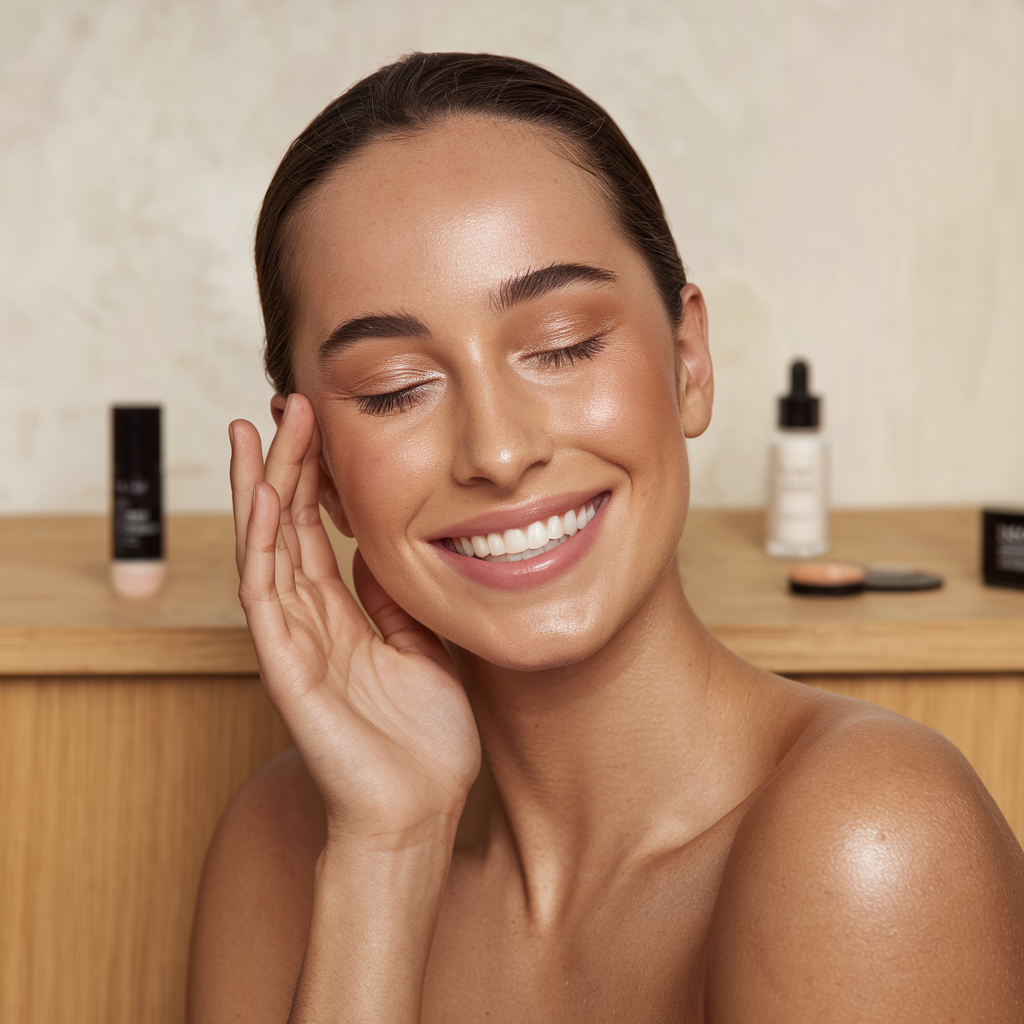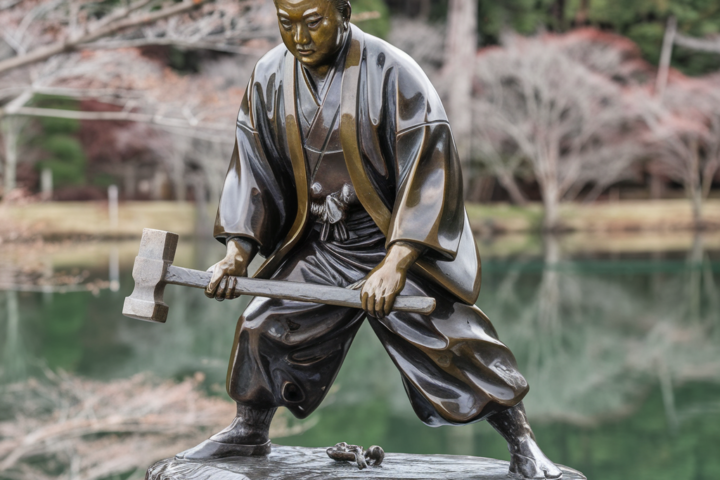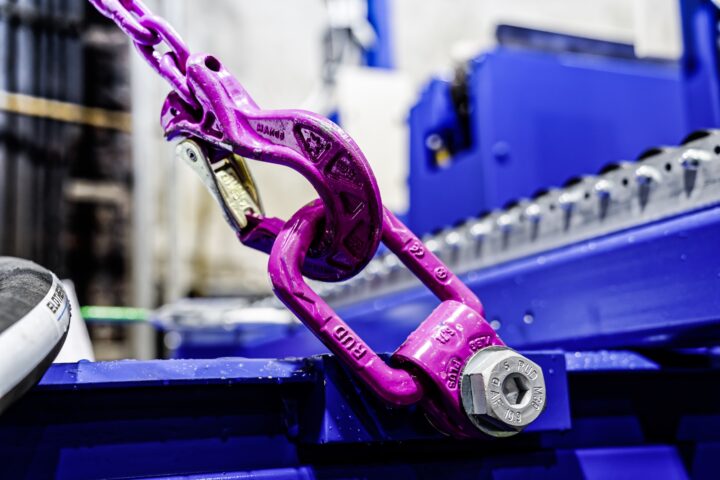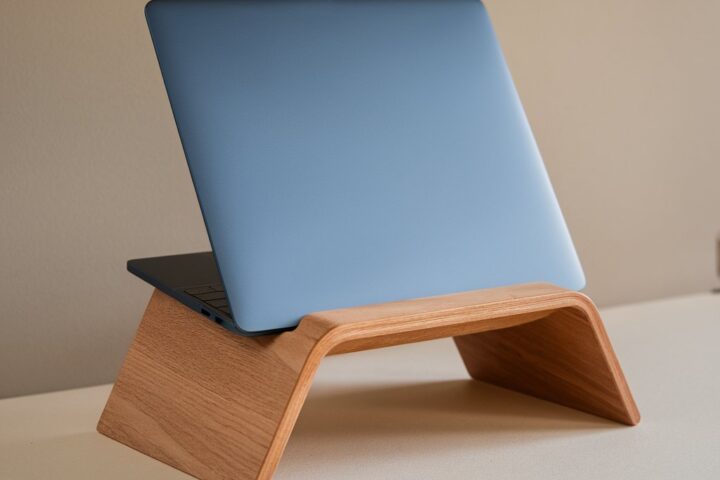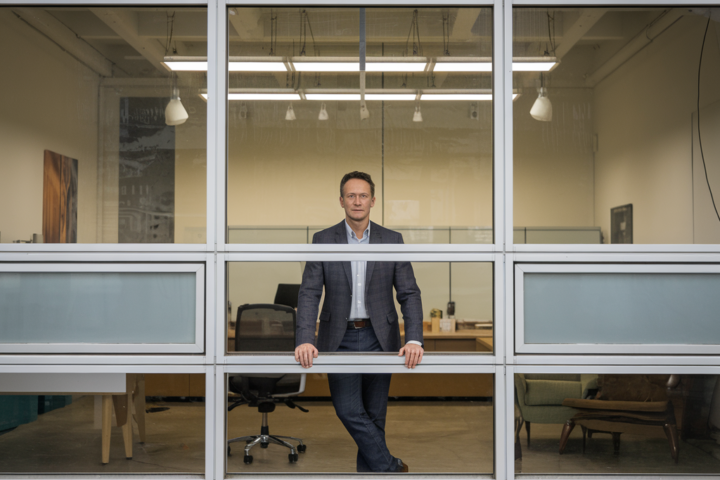In recent years, the beauty and fashion industry has seen significant transformations. Innovations in technology, social media trends, and the evolving demands of consumers have led to the creation of new platforms and tools that enhance the way we engage with these industries. One such innovation is Fauxmoi, a term that has quickly gained traction within the world of beauty influencers, fashion enthusiasts, and content creators. In this article, we will explore the rise of Fauxmoi, its impact on the beauty and fashion space, and how it is changing the way we experience and consume trends.
Table of Contents
Understanding Fauxmoi and Its Emergence
Fauxmoi is a term that blends the idea of “faux” (meaning fake or imitated) with “moi” (French for “me” or “myself”), creating a name that signifies a blend of virtual identity and self-presentation. The concept behind Fauxmoi emerged from the growing demand for more accessible and interactive tools for those within the fashion and beauty spaces. It allows users to experience and showcase fashion looks and beauty trends without the need for physically trying on products or engaging in high-budget production processes.
At its core, Fauxmoi refers to a digital representation of beauty and fashion that allows users to create virtual versions of themselves. These virtual avatars or personas can be customized and styled according to personal preferences, much like a digital “lookbook” or fashion diary. The platform or application that offers Fauxmoi is often designed to be user-friendly, incorporating technologies such as augmented reality (AR), artificial intelligence (AI), and machine learning to deliver a seamless and personalized experience.
The Growth of Virtual Fashion and Beauty
The concept of virtual fashion and beauty isn’t entirely new. However, Fauxmoi has been one of the driving forces in pushing this trend into the mainstream. Over the last decade, advancements in virtual technology have allowed people to create hyper-realistic digital versions of themselves and experiment with different styles, makeup looks, and clothing options without leaving the comfort of their homes. With the rise of Fauxmoi, individuals are no longer confined by physical limitations when it comes to fashion and beauty exploration.
One of the most significant advantages of Fauxmoi is its inclusivity. The platform offers a wide range of options that cater to all body types, skin tones, and gender expressions. It allows people from all walks of life to experiment with looks they may not have otherwise felt confident enough to try in person. This democratization of fashion and beauty has led to a surge in the number of people engaging with virtual platforms like Fauxmoi and is making waves in the way consumers perceive traditional beauty standards.
Fauxmoi and the Power of Social Media
In the digital age, social media platforms like Instagram, TikTok, and YouTube have become key drivers of beauty and fashion trends. Influencers and content creators have leveraged these platforms to showcase their unique styles and promote new products, often to millions of followers. Fauxmoi takes this concept one step further by offering influencers the ability to virtually experiment with looks before showcasing them to their audiences.
For instance, a beauty influencer could use Fauxmoi to create a virtual makeup look or try out a new hairstyle without the need for any physical application. This not only saves time but also opens up new possibilities for creativity and experimentation. Content creators can play around with a variety of styles and make bold, daring choices without committing to them in real life. This ability to visualize various looks has become a game-changer for both influencers and their audiences.
Moreover, Fauxmoi enhances the interaction between creators and their followers. Audiences are no longer passive viewers but active participants who can engage with the content in a deeper, more interactive way. For example, followers might suggest new styles, vote on makeup looks, or even collaborate with influencers in virtual styling challenges. This shift toward interactive content has made platforms like Fauxmoi more appealing and engaging to users who crave personalization.
How Fauxmoi Is Changing the Consumer Experience
For the average consumer, Fauxmoi offers a transformative shopping experience. Traditional shopping often involves long hours spent in malls or online stores, trying to make sense of what styles, colors, or cuts suit one’s body type. Fauxmoi eliminates this uncertainty by offering a visual representation of how different looks would appear on a person before committing to a purchase.
Through AI and augmented reality, Fauxmoi can simulate the way clothing fits on a user’s digital avatar, taking into account measurements and body shape. Similarly, beauty products like foundation, lipstick, or eyeshadow can be virtually applied to a user’s face, allowing them to see how different shades would look on their skin tone. This helps users make more informed decisions about the products they want to purchase and enhances the overall shopping experience.
The convenience of Fauxmoi also extends to social and environmental factors. Since users don’t have to physically try on clothes or makeup, they can reduce waste caused by returns and exchanges. The need for physical samples is minimized, which can significantly decrease the environmental impact of the fashion and beauty industries. This sustainable approach, combined with the convenience of virtual shopping, is one of the key reasons why Fauxmoi has gained popularity among eco-conscious consumers.
The Business Potential of Fauxmoi
The success of Fauxmoi also lies in its appeal to businesses and brands. Fashion and beauty companies are increasingly adopting virtual try-on technologies and integrating them into their online platforms. The ability to see how products look on a digital avatar before making a purchase has proven to increase consumer confidence, reduce returns, and drive sales. Brands that incorporate Fauxmoi into their marketing strategies can tap into a broader market and reach more consumers who prefer the convenience and innovation of virtual tools.
For example, makeup brands can use Fauxmoi to create virtual tutorials that show how their products work in real-time on different skin types. This can help customers make quicker decisions, especially when it comes to choosing the right foundation or lipstick shade. Fashion retailers can also use Fauxmoi to create virtual styling guides, allowing customers to see how different outfits look together before making a purchase.
Additionally, Fauxmoi opens the door to new business models. Virtual fashion shows, for example, are becoming a viable alternative to traditional runway events, with designers showcasing their collections through 3D renderings and virtual avatars. These virtual events can be more inclusive, as they don’t require a physical presence, and can even offer consumers the chance to purchase the featured designs directly through the platform. This shift toward virtual fashion has already been seen in some high-profile events and is expected to grow as Fauxmoi becomes more mainstream.
The Future of Fauxmoi: Where Is It Headed?
Looking ahead, the potential for Fauxmoi is vast. As technology continues to advance, we can expect even more lifelike and realistic virtual representations of fashion and beauty. Augmented reality (AR) and AI will continue to improve, allowing users to create even more personalized avatars and have more accurate simulations of how products will look on them.
Moreover, the integration of Fauxmoi with other emerging technologies like virtual reality (VR) and blockchain could further revolutionize the industry. Virtual reality could allow consumers to immerse themselves in entirely digital shopping environments, where they can interact with products and models in ways that feel almost real. Blockchain, on the other hand, could ensure the authenticity and ownership of virtual fashion items, enabling a new form of digital fashion commerce.
As more brands and platforms adopt Fauxmoi, we can expect a shift in the way people approach fashion and beauty. Virtual products may become just as desirable as physical ones, and the lines between digital and physical shopping experiences may blur. In this new landscape, the power of Fauxmoi will continue to grow, offering endless possibilities for creativity, commerce, and consumer engagement.
Also Read: Enjoy4fun: The Ultimate Guide to Fun and Entertainment
Conclusion
Fauxmoi represents a new era in the intersection of fashion, beauty, and technology. By allowing users to create virtual versions of themselves, experiment with different looks, and shop for products in a more personalized way, Fauxmoi has revolutionized the consumer experience. It has also opened up new opportunities for businesses and influencers to engage with their audiences in innovative and interactive ways. As the platform continues to evolve, it will undoubtedly play a significant role in shaping the future of fashion and beauty, making it more inclusive, sustainable, and accessible than ever before. Whether you are a consumer, a brand, or an influencer, embracing Fauxmoi is an exciting step toward the future of the digital fashion and beauty landscape.

